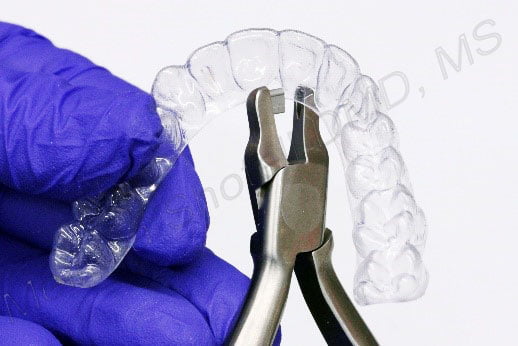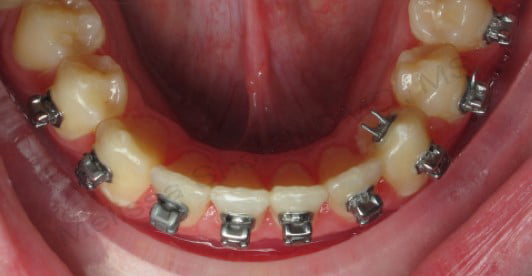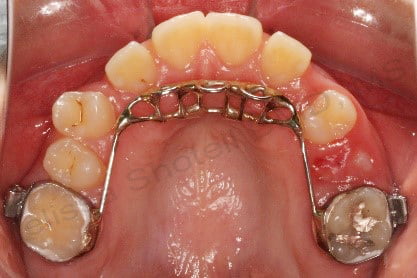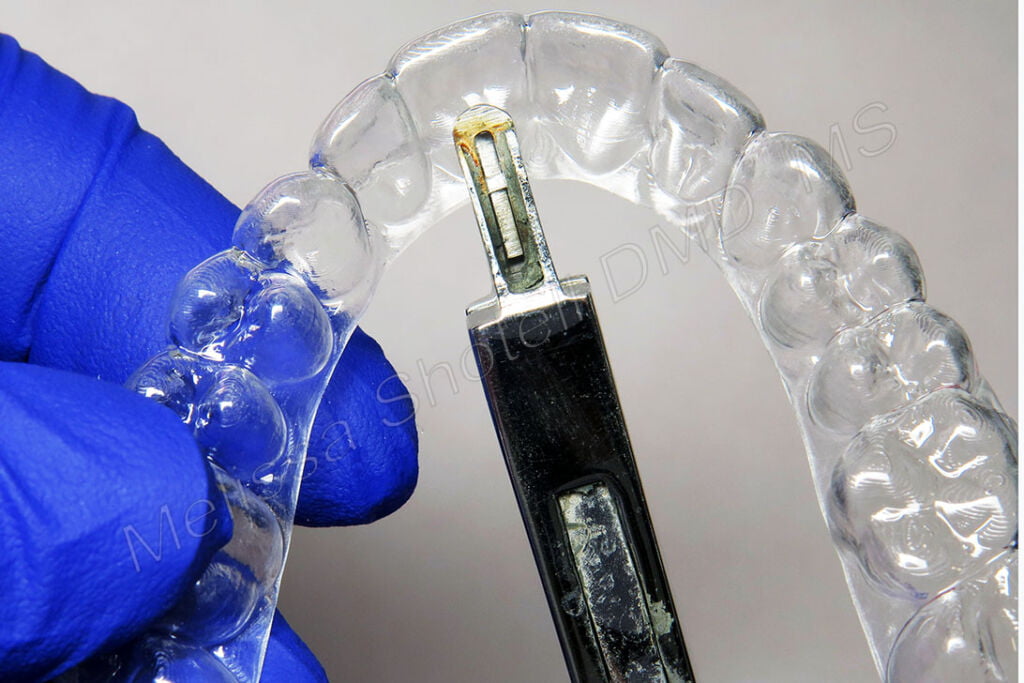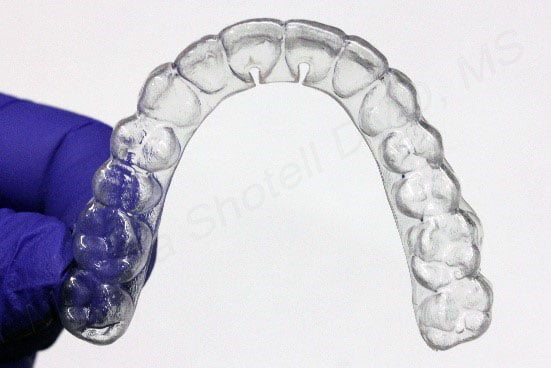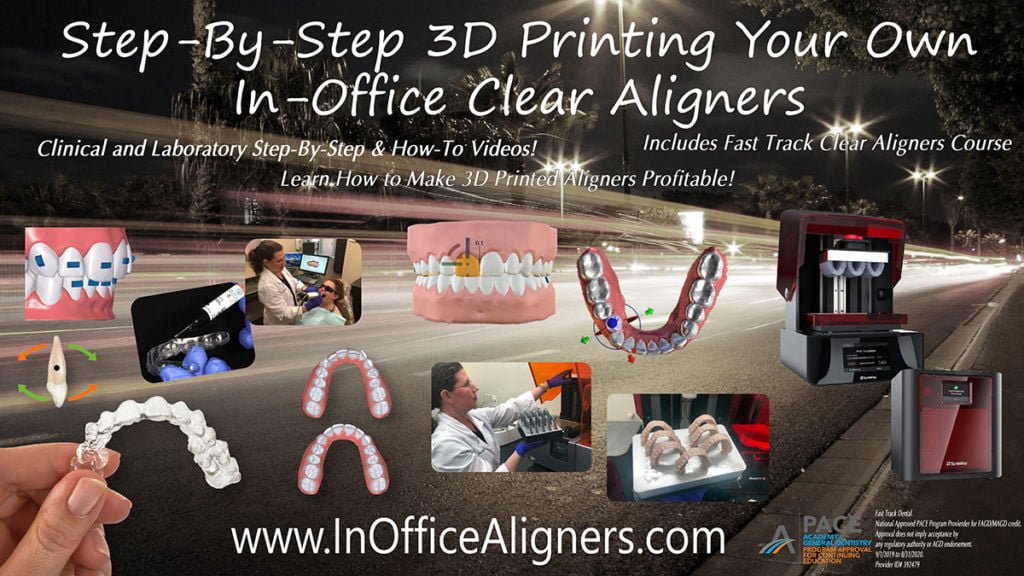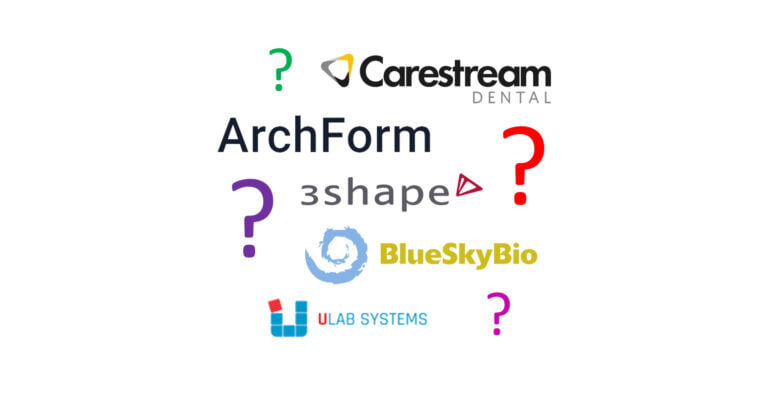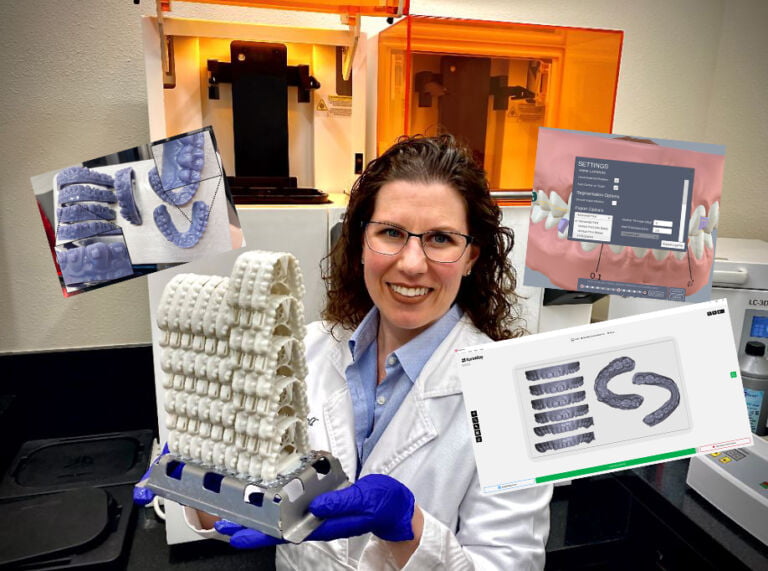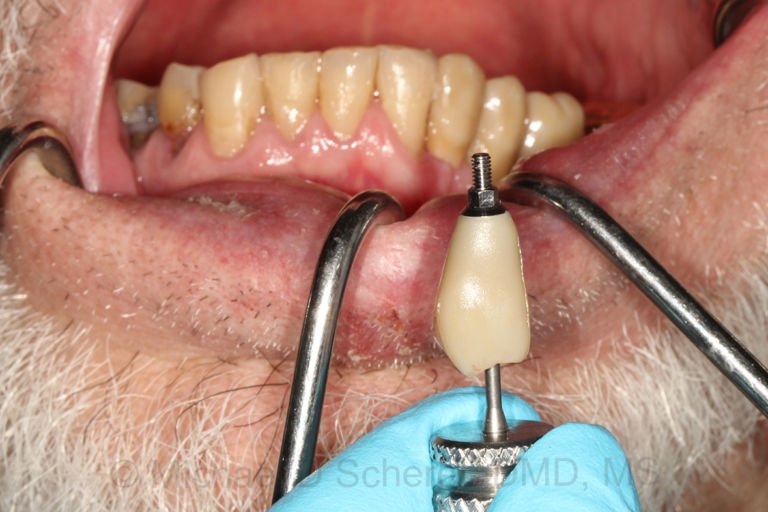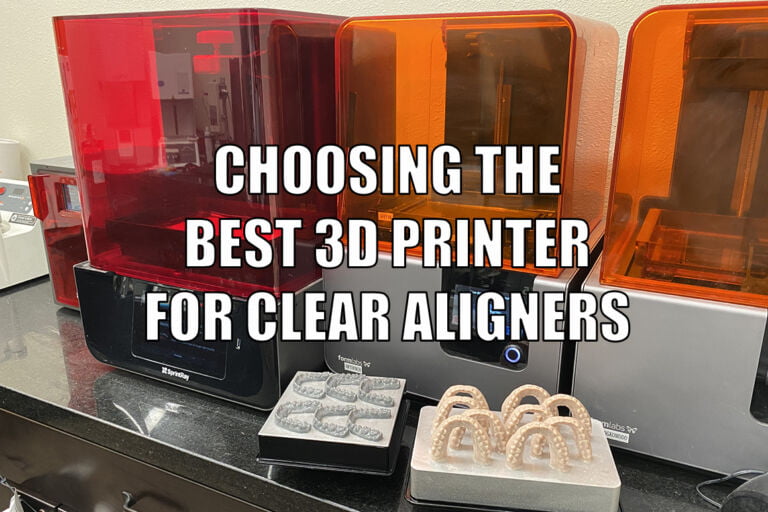Resolving Tongue Habits Using Clear Aligners
Patients often have underlying habits that are not apparent until orthodontic treatment begins. Often these habits are not fully expressed until the tongue has room to move and new appliances to investigate. With new appliances in the mouth patients can also have a heightened awareness of the new braces or aligners and develop habits with the lips and tongue playing with the appliances and placing unwanted forces on the teeth. Some of these habits include thrusts and general tongue habits.
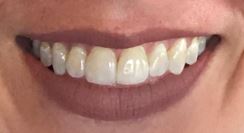
While tongue habits are common in young children, these habits typically subside in older children, teens, and young adults. When a patient begins wearing clear aligners it creates a new environment and sensations and some teen and adult patient will develop the habit of playing with their aligners with their tongue and thrusting the tongue against the lingual surface of the anterior teeth. This can cause unwanted movement and protrusion of the incisors.
There are many appliances that can be used in traditional bracket and wire orthodontics to stop a tongue habit. Many of these appliances look barbaric with metal spikes and poking wires to prevent the tongue from contacting the teeth. Clear Aligners create a unique situation that they cover the teeth and make placing any type of tongue deterrent a challenge. Bonding of tongue tamers or buttons attachments to clear aligners is difficult since the surfaces of the aligners create a weak bond strength, and the attachment must then be duplicated and replaced on every aligner.
There are many appliances that can be used in traditional bracket and wire orthodontics to stop a tongue habit, however, many of these appliances are often viewed as barbaric as they contain metal spikes and poking wires to prevent the tongue from contacting the teeth. Clear aligners create a unique situation that they cover the teeth and make placing any type of tongue deterrent a challenge. Bonding of tongue tamers or buttons attachments to clear aligners is difficult since the surfaces of the aligners create a weak bond strength, and the attachment must then be duplicated and replaced on every aligner.
A quick and easy solution that I have identified in my practice is the use of the Hu-Friedy Tear Drop Plier or Five-Star Orthodontic Slit-Plier to create an opening on the lingual surface of the aligner at the aligner trimline as a tongue deterrent. The teardrop shape creates a pointed end and small constriction to the slit that is unpleasant to the tongue. Several small slits can be placed in the area of need on the aligner in a matter of seconds, with no polishing or finishing required. This aligner modification can be done chairside quickly and efficiently to as many aligners as needed during an office visit. Pliers for modifying aligners provides me with a quick and easy chairside solution for treating habits as soon as they are identified in a patient.
Check out this video to learn more:
Are you interested in getting into clear aligner therapy but unsure if they really work? Are you a general dentist interested in getting into orthodontics but not know where to start? Check out our comprehensive fast-track clear aligner course featuring diagnosis and treatment planning, how to get started with clear aligner laboratories, the differences in technology, step-by-step clinical procedures from taking records to delivering aligners and monitoring your patients until case completion. We cover the basics to getting you started with clear aligner treatment using traditional and digital methods for recording taking, step-by-step clinical and laboratory workflows, insurance/billing and growing your clear aligner practice through innovative marketing strategies. The clear aligner course is eligible for up to 12 hours of continuing education credits.
Interested in 3D Printing your own clear aligners? Check out our step-by-step 3d printing course featuring creating your own branded in-house clear aligners by designing and 3D printing your aligner cases. We teach you the secrets, step-by-step on how to set-up your cases (or outsource setup!) and then 3D print models for aligners, vacuum forming aligners, and then finishing and delivering them to the patient! The clear aligner course includes the entire fast-track clear aligners course mentioned above and is eligible for up to 25 hours of continuing education credits.

Dr. Melissa Shotell, DMD, MS
Dr. Melissa Shotell is a Board Certified Orthodontist, focusing on the interplay of Orthodontics and restorative treatment. Dr. Shotell received her DMD at Nova Southeastern University and advanced hospital training a General Practice Residency Certificate from The Ohio State University. After spending years in general practice treating a broad range of patients, Dr. Shotell returned to complete a certificate and master’s degree in Orthodontics from Loma Linda University. At Loma Linda University, Dr. Shotell focused her training on cutting-edge three dimensional imaging technology for diagnosis and treatment planning for interdisciplinary dentistry. Dr. Shotell considers education to be her passion and regularly consults and lectures on dental technology, clear aligner therapy, orthodontics, office efficiency and workflow, and teamwork.

